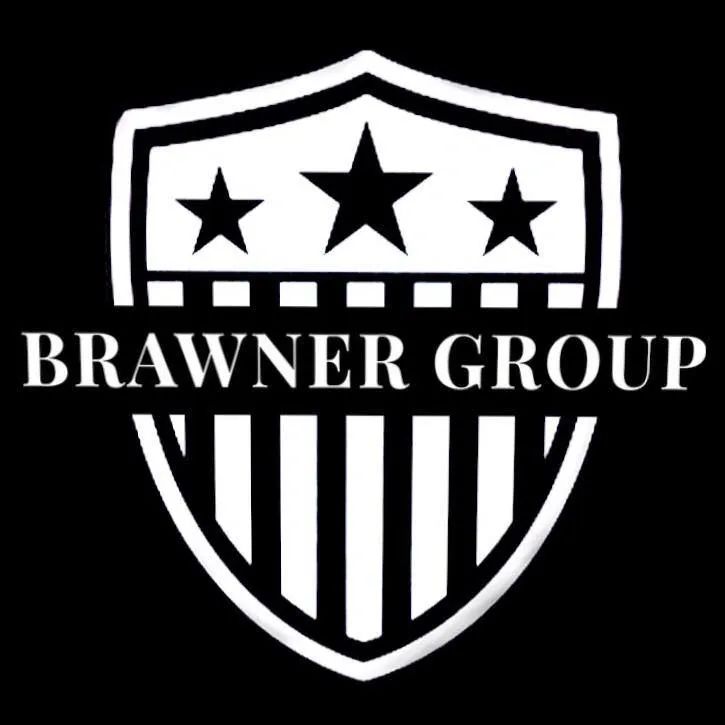Person-Borne Odor Detection: A Tactical Shift in K9 Deployment
Nov 13
/
Tim Baird, Director of K9 Services, BGK9
In the world of tactical K9 deployment, the game has changed. For decades, dogs were trained to detect static targets - bombs in bags, narcotics in vehicles, firearms hidden in buildings. But today’s threats move. They walk into stadiums, ride subways, and blend into crowds. That’s why person-borne odor detection isn’t just the future, it’s the present.
These are odors carried on people: the chemical trace of a suicide bomber’s vest, the vapor signature of a concealed firearm, the residual scent of narcotics tucked into a waistband. And when a dog is trained to detect those odors in motion, the result isn’t just a hit - it’s a live intercept.
I’ve spent the last decade developing and refining person-borne odor programs across the U.S. What started as a niche capability has now expanded into mainstream deployment from vape pens in schools to active shooter interdiction in public venues.
The concept is simple: train the dog to detect the odor as it moves with the person. The execution, however, is anything but.
The Challenge of a Moving Target
Unlike traditional detection, person-borne odor work demands a different kind of dog. These dogs must be environmentally neutral, socially stable, and capable of working in dynamic, high-pressure environments. They’re not just sniffing a locker they’re scanning a crowd, tracking odor plumes, and making decisions in real time.
One of the biggest hurdles? Public perception.
Agencies and buyers often gravitate toward floppy-eared breeds - Labradors, German Short Hair Pointers and Goldens because they’re seen as friendly and approachable. But the reality is, pointing-eared dogs like Malinois and Dutch Shepherds are extremely capable to perform the task. They have higher drive, faster recovery, and lower failure rates. That’s not opinion—it’s data. In the right environment they would excel.
From Auburn to the Field
Before I stepped into the tactical K9 world, I spent time at Auburn University, as the Chief Canine Instructor where I researched canine behavior and detection science. That foundation shaped how I approach training today. I don’t chase trends I build programs based on neurological stability, environmental resilience, and operational need.
As a law enforcement officer I saw firsthand the limitations of traditional detection. Static searches weren’t enough. We needed dogs that could move with the threat, adapt to chaos, and make decisions under pressure. After the terror attacks on 9-11 I began developing the first person-borne odor programs in the country.
At first, we thought there were bombs on the planes. I knew my bomb dog had never found explosives on a person. I started training my Explosive K9 Labrador to locate odor on people. At Auburn University we took that foundation and vastly improved upon it, and it is now well known as the Vapor Wake® K9. Twenty-four years later, we continue to advance the training.
Today, those programs are being used to detect:
- Suicide bomber vests in transit
- Firearms carried on individuals
- Vape pens and narcotics in school hallways
- Residual odor trails left by fleeing suspects
...and the applications keep expanding. As threats evolve, so must our dogs.
Building the Right Dog
Training for person-borne odor isn’t just about imprinting scent, it’s also about shaping behavior. These dogs must learn to ignore distractions, isolate odor plumes, and alert without hesitation. That requires a specific neurological profile one that can’t be built from scratch. It must be selected. We look for dogs that recover quickly from stress, tolerate chaotic environments, and bond tightly with handlers. We test for drive isolation, environmental neutrality, and social resilience. And we train with movement, unpredictability, and real-world scenarios.
The Cost of Getting It Wrong
When agencies select dogs based on appearance or pedigree alone, they risk operational failure. A dog that looks good in a kennel but folds in a crowd isn’t an asset, it’s a liability. And in person-borne detection, failure isn’t just a missed hit, it’s a missed threat. That’s why I push for rigorous selection, honest feedback, and real-world testing. Because when the mission is mobile, the dog must be too.
Final Thought
Person-borne odor detection isn’t a trend, it’s a tactical necessity. As threats become more mobile, our dogs must evolve to meet them. That means smarter selection, deeper training, and a willingness to challenge outdated norms. I’ve seen what works, and I’ve seen what fails. And I’ll keep building dogs that don’t just detect - they intercept.

Brawner Group K-9 Services, LLC
POPULAR LINKS
Copyright © 2025